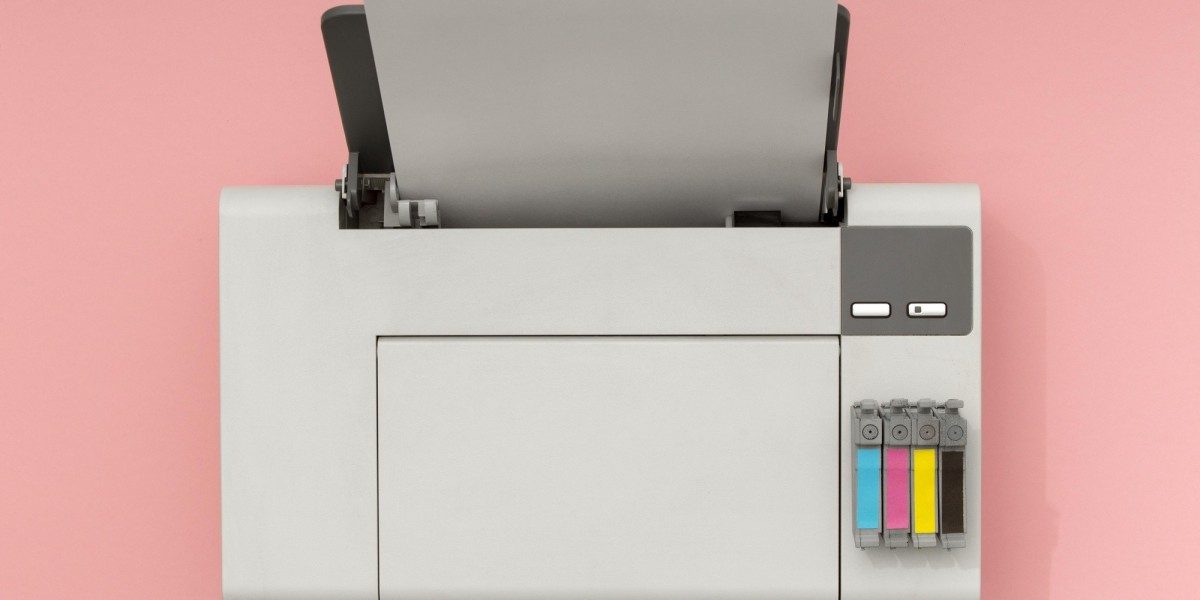In today's rapidly evolving digital landscape, businesses are constantly seeking innovative solutions to stay ahead in the competitive market.
Digital transformation has become a buzzword, but it's not just a trend—it's a necessity. One often overlooked aspect of digital transformation is the role of multifunction printers.
These versatile devices, which can print, scan, copy, and fax, have evolved from basic office tools into strategic assets that can significantly contribute to a company's digital transformation efforts.
1. The Evolution of Multifunction Printers
Multifunction printers (MFPs) have come a long way from their origins as simple copiers. Initially designed for basic document reproduction, MFPs have now grown into sophisticated machines that integrate seamlessly into digital workflows.
Modern MFPs feature advanced connectivity options, cloud integration, and robust security features. This evolution reflects the changing needs of businesses as they transition from paper-heavy to digital-centric operations.
Today's MFPs often come equipped with touchscreens, mobile printing capabilities, and the ability to scan and send documents directly to cloud storage. This is a clear response to the increasing demand for streamlined, paperless processes.
As part of a broader digital transformation strategy, MFPs play a pivotal role in helping businesses modernize their document management processes and workflows.
2. Improved Efficiency and Productivity
One of the primary benefits of integrating multifunction printers into a digital transformation strategy is the boost in efficiency and productivity.
With the ability to perform a variety of tasks, MFPs reduce the need for multiple devices, simplifying office setups. This not only saves space but also streamlines maintenance and support.
Moreover, MFPs offer features such as automatic document feeders and duplex printing, which enable faster and more efficient document processing. Employees can quickly scan, store, and share documents, reducing the time and effort required for manual data entry and paper handling. This enhanced efficiency leads to increased productivity across the organization.
In addition to these features, modern MFPs often include optical character recognition (OCR) capabilities, which allow for the conversion of scanned documents into searchable and editable text.
This means that not only can documents be digitized, but the information contained within them can be easily leveraged for digital processes. This is particularly valuable in industries that rely heavily on paperwork, such as legal and healthcare.
3. Enhanced Collaboration and Connectivity
Digital transformation isn't just about improving internal processes—it's also about fostering collaboration and connectivity. MFPs have evolved to facilitate this crucial aspect of modern business. Through cloud connectivity and network integration, MFPs enable seamless sharing of digital documents across departments and even remote locations.
Employees can scan documents directly to email, network folders, or cloud services like Google Drive or Dropbox. This means that critical information is readily available to authorized team members, regardless of their physical location.
Enhanced collaboration tools integrated into MFPs, such as annotation and document management software, further support teamwork in a digital environment.
MFPs also contribute to enhanced connectivity by offering mobile printing options. With the rise of remote work and mobile devices, the ability to print from smartphones and tablets is becoming increasingly important. MFPs that support mobile printing provide employees with the flexibility they need to be productive from various locations.
4. Data Security and Compliance
In the age of digital transformation, data security and compliance are top priorities for businesses. MFPs have not been left behind in this regard. Modern MFPs come with advanced security features to protect sensitive information and maintain compliance with data protection regulations.
These security features include user authentication, data encryption, and secure printing options. User authentication ensures that only authorized personnel can access the device's functions and settings.
Data encryption safeguards the data as it travels between the MFP and other devices or storage locations. Secure printing enables confidential documents to be held in a queue until the user is physically present to release them, preventing unauthorized access.
For businesses dealing with highly regulated data, such as healthcare providers or financial institutions, MFPs that adhere to industry-specific compliance standards are available. These MFPs provide a higher level of security and auditability to ensure adherence to data protection regulations.
5. Cost Savings and Sustainability
While digital transformation involves investments in technology, it's also about optimizing costs and promoting sustainability. Multifunction printers contribute to these goals in several ways.
First, by consolidating various functions into a single device, MFPs reduce the need for multiple devices and the associated maintenance costs. This results in direct cost savings and a lower total cost of ownership.
Additionally, the shift to digital processes reduces the consumption of paper and ink or toner. This not only saves money but also aligns with sustainability goals.
Many businesses are actively seeking ways to reduce their environmental footprint, and the reduction of paper waste is a significant step in that direction.
6. Future-Proofing with IoT Integration
As businesses look to the future, the Internet of Things (IoT) plays an increasingly prominent role in digital transformation. IoT devices are interconnected and generate vast amounts of data. Modern MFPs are adapting to this trend by offering IoT integration.
MFPs with IoT capabilities can capture and share data on usage patterns, maintenance needs, and more. This data can be invaluable for optimizing the performance and maintenance of these devices.
Additionally, it contributes to a broader understanding of office operations and helps identify areas for improvement and efficiency gains.
Through IoT integration, MFPs are positioned as not just office tools but as intelligent devices that actively contribute to the digital transformation strategy. They become part of the network of interconnected devices that enable smart, data-driven decision-making.
Conclusion
In conclusion, multifunction printers have evolved from basic office equipment to strategic assets that play a vital role in digital transformation strategies. Their ability to improve efficiency, enhance collaboration, ensure data security, and contribute to cost savings and sustainability makes them an essential component of the modern workplace.
When integrated effectively, MFPs not only streamline operations but also provide a foundation for data-driven decision-making and future-proofing through IoT integration. Businesses that recognize the value of MFPs in their digital transformation efforts are better positioned to thrive in the ever-changing business landscape.
When looking to purchase printers in Qatar, it is recommended to browse through online retailers. These platforms offer a diverse selection of printers for sale in Qatar, along with a range of other products.









